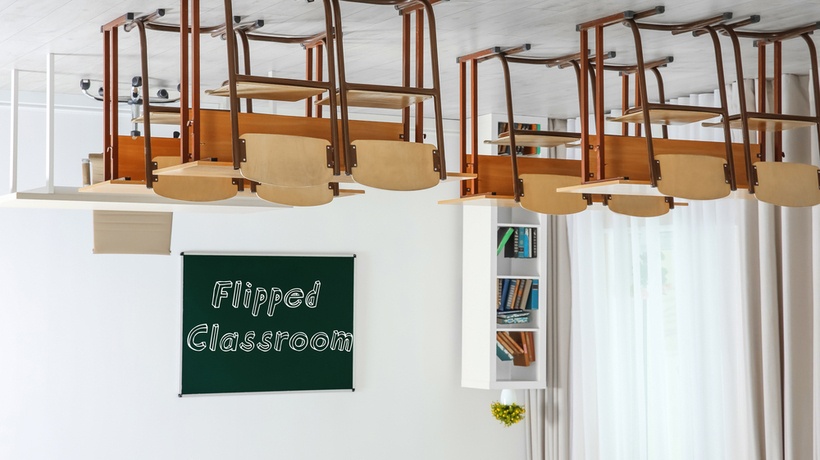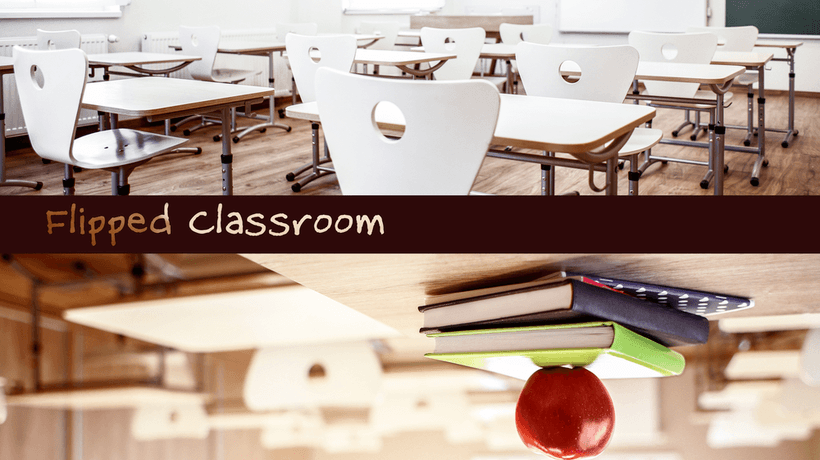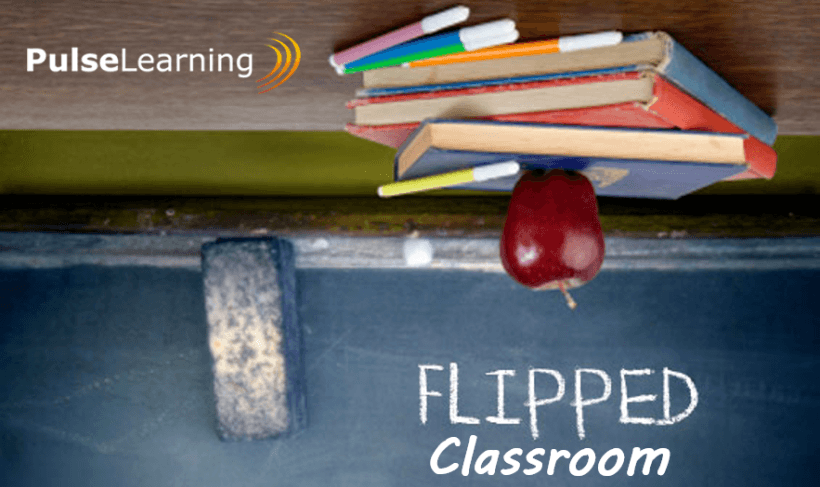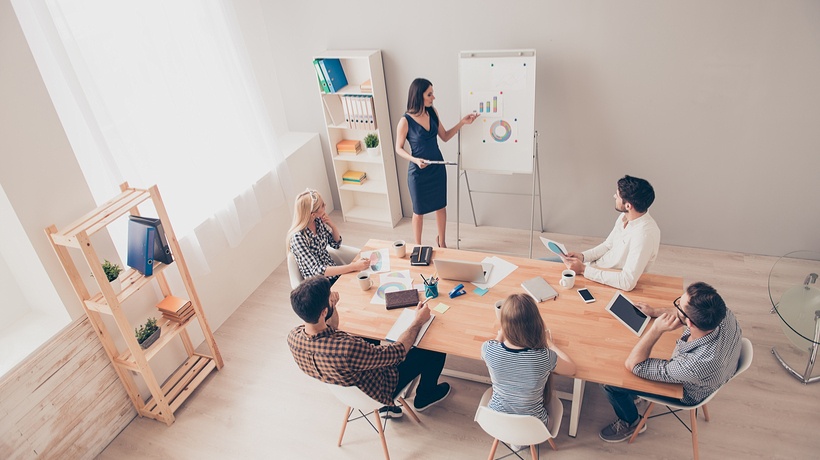Creating A Win-Win Situation: How The Flipped Classroom Benefits Both Students And Teachers
So, how the flipped classroom benefits both students and teachers? Let us start from the beginning.
It's funny how some things in our present days seem to be stuck in the past. Take the classroom for example. The place where students spend most of their time preparing to become successful citizens in our ever more connected modern world hasn't evolved much since the pre-industrial era.
Markers and whiteboards have replaced chalk and blackboards, the furniture is nicer, and maybe there's a projector in each classroom. But the setting is the same as always.
The teacher has a defined space –usually in front of the classroom– where he/she makes use of markers, whiteboards, projectors, and other tools to hold a lecture. All the while, students –who sit in their own part of the classroom, neatly aligned in rows, with equal distance between them– are supposed to pay attention to that lecture, do their homework, and later reproduce most of the new information in a standardized test.
You’ll argue that nobody is glued to the floor, and teachers can walk around the classroom and interact with students freely. But a lot of class time is allocated to keeping students attentive to what the teacher is lecturing.
This setting can't possibly nurture great academic results for everyone. Yet it has had an incredibly long tenure.
The good news is that things have started to change. Here are 8 flipped classroom benefits for both teachers and students.
Turning Things Upside Down: The Flipped Classroom
Thanks to a handful of educators who care more about their students and their success than keeping the school's general status quo, the flipped classroom model is no longer a theory, and keeps spreading across more and more educational institutions.
What does a flipped classroom look like? Physically, the same as a normal classroom.
But instead of paying attention to lectures while in class and applying the new knowledge in their homework after school, students will watch or listen to the lectures at home, before the class starts, and use the time in the classroom to do their homework. Instead of telling students what to learn, how to learn, when to learn and how to prove that they learned, teachers support them in becoming self-directed learners.
While there are plenty of concerns regarding the success of a flipped classroom –how to ensure all students have access to the lectures at any time, how to create the best lectures, and even trust students to come prepared to class– I’m going to focus only on the bright side of this educational model. Why is that? Because 1) I like to think that I'm a positive person, and 2) I really believe that the benefits of the flipped classroom outnumber its shortcomings.
The flipped classroom seems to create a win-win situation for both students and teachers. Once they try it, they no longer want to go back. I guess the 28,000+ members of the Flipped Learning Community can back me up on this.
4 Flipped Classroom Benefits For Students
The classical setting of a classroom is all about the teacher and the teacher's needs. All the tools are the teacher's to use, for the best delivery of instruction. The students are merely passive receivers of information.
But whoever entered a classroom knows that students are anything but passive. Their natural curiosity makes them actively seek new knowledge, and when they're passionate about a subject they try to learn all there is to be learned about it.
A student-centered approach to teaching shifts the focus from the teacher's needs to the student's. And this is what the flipped classroom model supports:
- When students watch or listen to lectures at home, and then solve problems and apply the new knowledge in the classroom, they get less frustration with their homework.
- When they don't understand a new concept, they can ask questions and get immediate targeted answers.
- The time spent in the classroom becomes not enough for all the conversations and collaboration that inevitably spur from exploring subjects in a deeper manner.
- Last but not least, students who are absent due to illness, too long a commute, or any other reason, can catch up with their peers faster and easier with the flipped classroom model than with the standard one.
4 Flipped Classroom Benefits For Teachers
With a ton of information available at the fingertips of whoever cares to search for it, teachers are no longer the only source of knowledge for students. But don’t get me wrong; they aren't obsolete either. In fact, they are more important than ever.
A flipped classroom is more demanding than the traditional one. Teachers need to identify the individual learning needs of students, making sure they all use the class time engaged with the learning process. And this can be harder than the traditional teaching model. At the same time, it comes with a set of rewards:
- When students come prepared to class, there's little to no need for teachers to address content related questions. Instead, they can support students in better understanding the concepts through practical application.
- Once a lecture is done, it can be reused as many times as the teacher wants, until the content becomes outdated. But H2O will always be the symbol of water, the same as Alaska will always be the biggest US state in terms of area.
- The flipped classroom gives more freedom to teachers to decide upon how much time to spend with each student. Struggling students, great performers, introverted kids, and extroverted ones can get the attention each of them needs.
- Last but not least, it offers more transparency for parents, who will know exactly what their kids are preparing for at school. This can also improve the communication between parents and teachers.
The flipped classroom inspires teachers to offer a versatile and engaging way to share learning content, while putting more control into students' hands regarding their own learning processes.
The FLIP Learning Network and their online community connect like-minded teachers and offer all sorts of reports, resources, tips, and examples of successful flipped classrooms. While this model of education has not spread in each and every classroom yet, it seems like it's going there. The more success stories get known, the more teachers get interested, and eventually more classrooms will get flipped.









